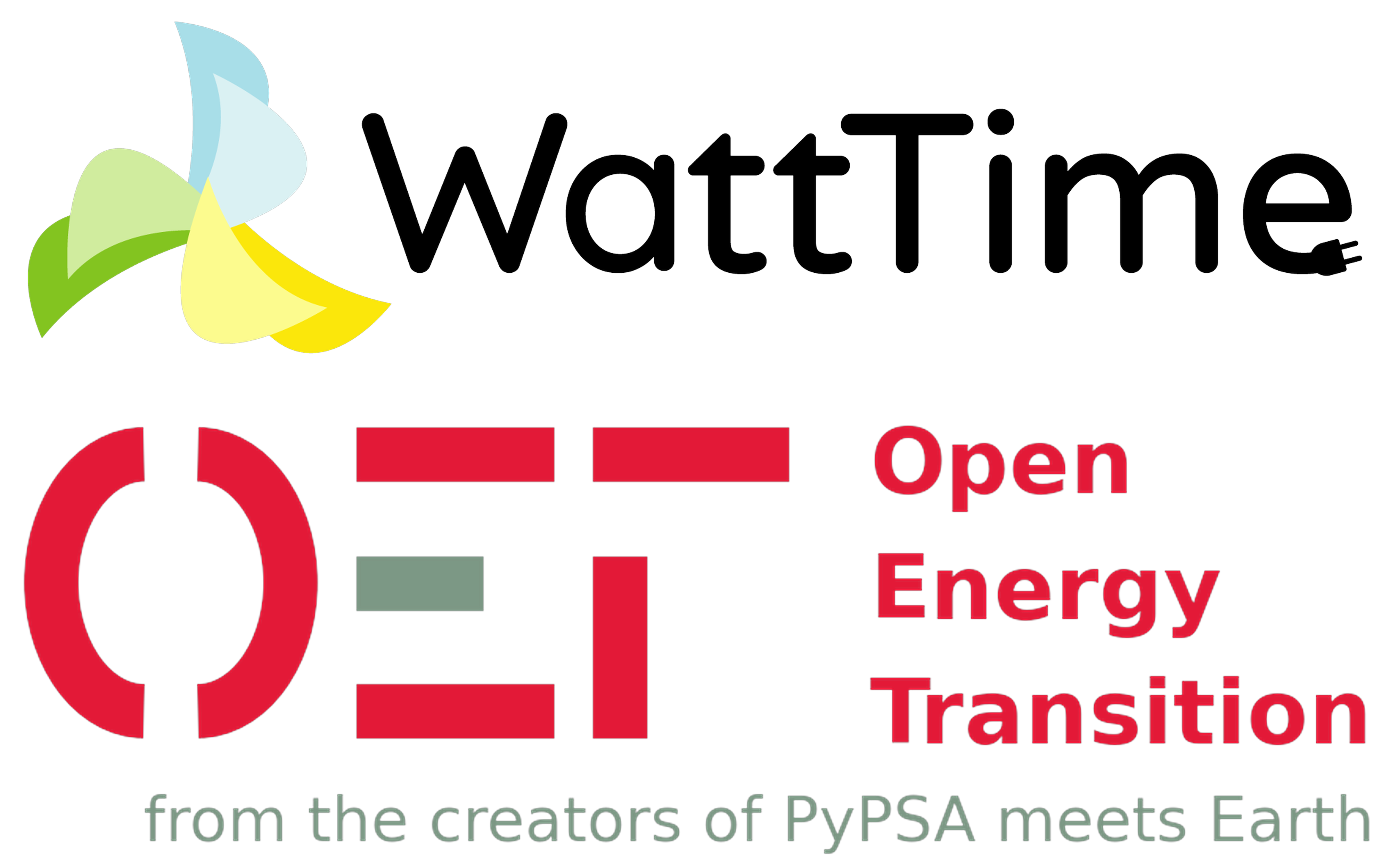Tutorials#
This is a brief tutorial on how to recreate the scenarios of the study WattTime Impact Metastudy. Unlike the original PyPSA-Eur repository, this version comes pre-configured with scenarios that you can test run.
Create the baseline models#
To make it easier for users to replicate results, we provide a simple command-line interface for generating the baseline model. Once the environment is activated, you can create the baseline scenario by running:
python run/baseline_run.py
During execution, you will be prompted to specify the following:
Desired time resolution (1H or 3H)
Which baseline scenarios to generate (you can select more than one)
Whether you’re using a computing cluster (yes/no)
(If not using a cluster) The number of CPUs available on your local machine
The script will then generate the baseline scenarios from scratch.
Note
If an error occurs due to missing data, the first solution is to check the enable: setting in config.meta.yaml.
enable:
retrieve: auto
retrieve_databundle: false
retrieve_cost_data: true
build_cutout: false
retrieve_cutout: false
custom_busmap: false
drop_leap_day: true
procurement: true # [true, false ] If true, model the procurement strategies
ci_load: true
retrieve_databundle: set this to true if a file indata/is missingretrieve_cost_data: set this to true ifresources/{run}/cost_{}.csvis missingretrieve_cutout: set this to true ifcutouts/europe-{weather year}-sarah3-era5.ncis missing
The weather data cutouts for PyPSA-Eur are available for all the weather years included in the scenarios.
If the weather year you’ve selected is not on that list, you’ll need to set build_cutout to true.
Create the scenario models#
Once the baseline scenario is created, you can streamline the workflow by using a shortcut to avoid re-running redundant steps. To do this, run:
python run/multi_run.py
You will again be prompted to specify:
Desired time resolution (1H or 3H)
Which non-baseline scenarios to generate (you can select more than one)
The baseline scenario to duplicate resources from (must match the correct year)
Whether you’re using a computing cluster (yes/no)
(If not using a cluster) The number of CPUs available on your local machine
With this setup, you can efficiently generate your own scenario results.
Analyze the model#
You can use the pre-configured Jupyter notebooks located in the notebooks/ directory, or any Jupyter notebook of your choice. There are two types of notebooks:
Emission Signals Analysis
These notebooks are located in notebooks/emission-signals/ and are designed to calculate the emission signals used for the emission matching procurement strategy. More details are provided in emissionality.
Procurement Results Analysis
These notebooks are located in notebooks/ and are designed to analyze the procurement results, directly pulling the networks from the results/ directory within the repository (but they can be easily adapted to be used outside the repository). Running these notebooks will generate ready-made overview tables and plots on energy and technology mixes, costs, emissions, and other relevant metrics. In particular:
energy-mix.ipynb: evaluates the energy mix by source, bus, and carriers
system-level-results_and_CI-allocation.ipynb: evaluates system-level impacts of the procurement strategies in terms of costs, emissions, operations, and capacity expansion, as well as the CI procurement allocation by carrier and bus
costs.ipynb: evaluates costs and revenues for all the CI components
CI-time-series.ipynb: evaluates the nodal dispatch by source of the CI procuring actors
